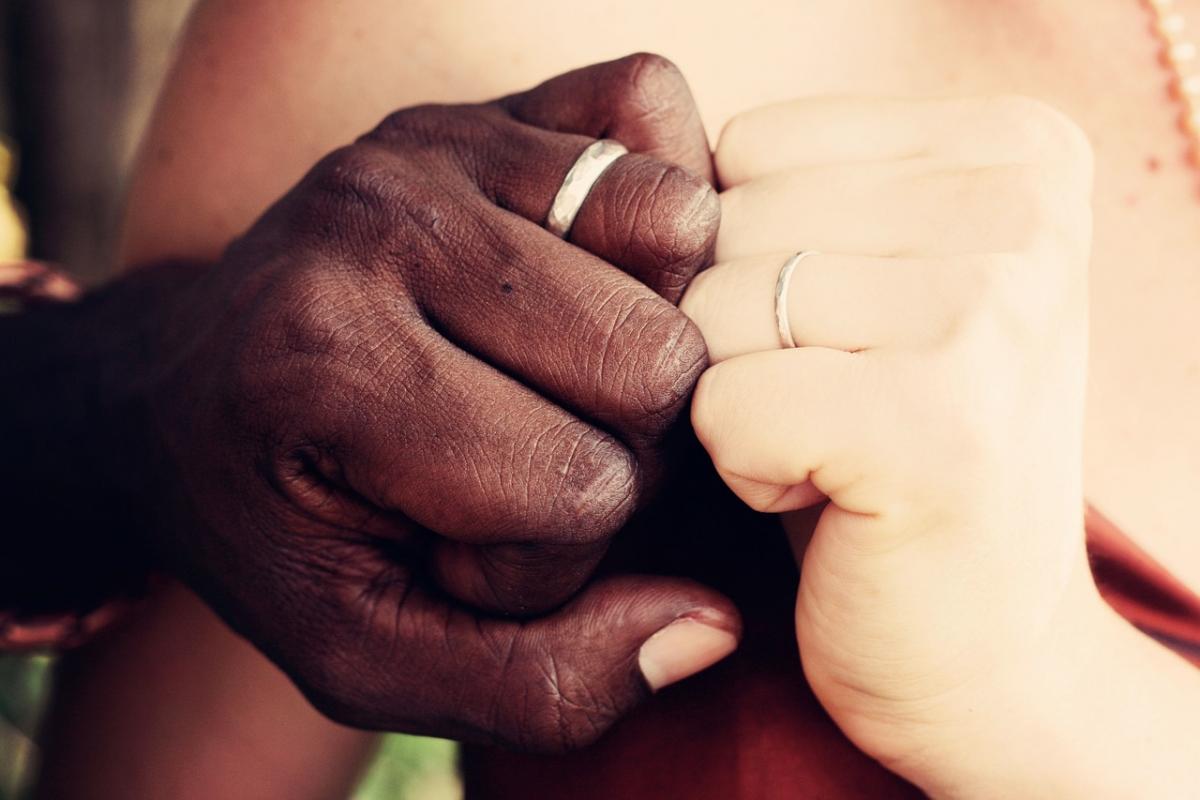For this month, it being Valentine’s Day and all, I’d like to focus on sexuality – and no, this isn’t just a cheap gimmick to try to increase my readership!
The truth is, the church has historically spoken mainly negatively about sexuality, focusing on sexual sins, while society teaches us to misuse sexuality and each other by seeing sex as casual and/or a commodity.
It’s time, as many contemporary theologians realize, to develop a more complex and well-rounded theological account of the positive aspects of sexuality. This article will discuss what we look for in a romantic relationship.
As a relatively young married person, I sometimes get asked for relationship advice: how to find someone who is perfect for you, how to know if someone is “the one.” I’m never quite sure how to respond, because the truth is, there’s no universal formula for these things. They’re also not just things you intuitively or magically know, but actually require a decision on your part.
 The message we often get from romantic comedies, especially as young women, is that there’s a perfect person out there who will sweep us off our feet. Lists develop in our minds, of what our ideal significant other will look like, how he/she will act, even his/her talents/career/lifestyle.
The message we often get from romantic comedies, especially as young women, is that there’s a perfect person out there who will sweep us off our feet. Lists develop in our minds, of what our ideal significant other will look like, how he/she will act, even his/her talents/career/lifestyle.
In this article from The Walrus, Don Gillmor talks about the popularity of Harlequin romance novels. He draws attention to how harmful these kinds of stories can be because of how deeply unrealistic they are, but also because of the gender stereotypes they promote.
Most stories end, for example, with a rich, ruggedly-handsome man “liberating” the heroine from the responsibilities of a career, so she’s “free” to stay at home and just worry her pretty little head about loving him, that’s all – not exactly an egalitarian message.
Part of the issue, then, is that we’re taught to demand perfection in romantic relationships, which leads some to reject all possible candidates for a relationship, because they can’t help but fall short of such idealized expectations.
Internet dating helps this process along, a problem this article describes this way: “You fall prey to the tyranny of choice – the idea that people, when faced with too many options, find it harder to make a selection. If you are trying to choose a boyfriend out of a herd of thousands, you may choose none of them. Or you see someone until someone better comes along. The term for this is ‘trading up.’ It can lead you to think that your opportunities are virtually infinite, and therefore to question what you have. It can turn people into products.”
This is an insightful point about the whole notion of making a shopping list of desirable traits. At the end of the day, should one’s primary loyalty be to a list of criteria, as if one were picking out features on a new car, or does one expect to fall in love with a real person, warts and all? Relationships are really one of those things that we can’t altogether control or foresee – that’s to expect and demand a fantasy.
This isn’t to say we shouldn’t have any criteria at all, but there’s a certain openness that’s necessary for a relationship to develop, a sense that the person we find will not be someone we could have altogether expected, or invented. In other words, it’s an openness to God’s leading.
Theologian John Milbank speaks about the importance of the differences between spouses, since “If both are ‘the same,' then, indeed, ‘the same’ triumphs.”
If we are looking for someone who is exactly like we are, or exactly how we want them to be, then we are building a relationship based on narcissism, the love of oneself.
What is perhaps most controversial about Milbank’s position is that he redefines homosexuality and heterosexuality, using their literal meanings: homosexuality is love of the same, which is a form of narcissism, while heterosexuality is love of the other, which he advocates.
Here’s the mind-blowing part: he argues that same-sex and other-sex relationships can fall into either of these categories, i.e., heterosexual and same-sex relationships alike can be built either on selfishness or on genuine love of an/other (see this book, pp. 206-9).
 It is this love of the “other” that I think makes marriage part of the symbolism of the broader church, which brings dissimilar people together into one united body, without erasing the differences between them.
It is this love of the “other” that I think makes marriage part of the symbolism of the broader church, which brings dissimilar people together into one united body, without erasing the differences between them.
So, this is part of my response to questions about how to find “the one.” It involves letting go of some expectations and preconceptions, in order to be able to make a commitment to an actual, flesh-and-blood person.
Relationships take time to grow – you actually learn how to love a particular person, shortcomings and all, as you get to know them more and more deeply. Sexual learning is part of this, which is maybe why the Old Testament calls it “knowing”!
There is some connection that brings two people together, of course, but life isn’t a chick flick or a fairy tale (or porn, for that matter).
Ultimately, it's a decision to keep on learning how to love a certain “other” person, come what may, that is the basis for marriage.




Add new comment
Canadian Mennonite invites comments and encourages constructive discussion about our content. Actual full names (first and last) are required. Comments are moderated and may be edited. They will not appear online until approved and will be posted during business hours. Some comments may be reproduced in print.